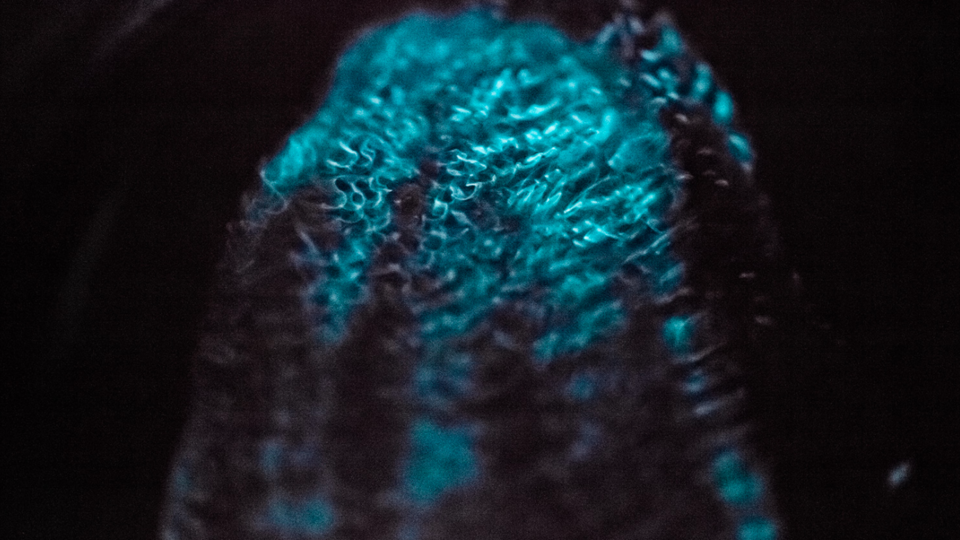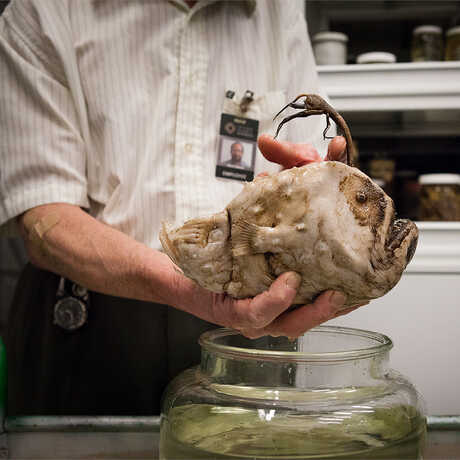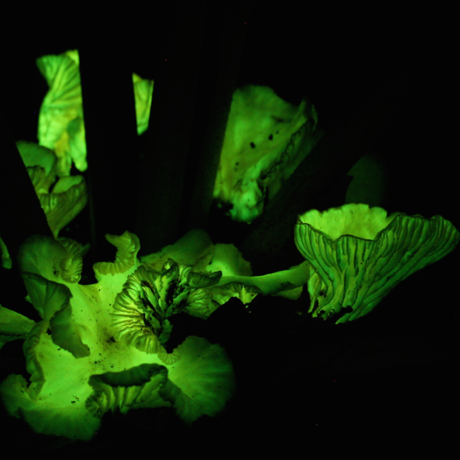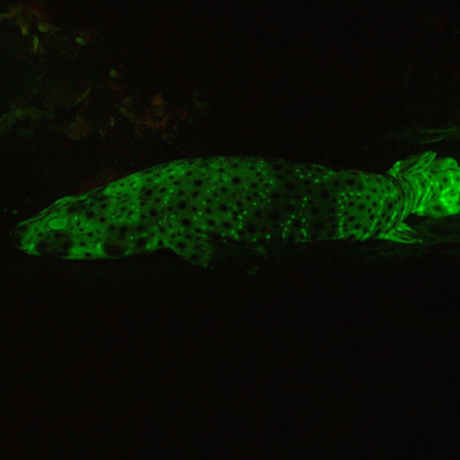Science News
Bioluminescence Lights Up the Arctic

In the long, dark Arctic winters how do animals find food or avoid being eaten? How does the food web stay active? Well, with little light from the Sun, scientists have found that Arctic marine organisms use the same method to see in the dark as their deep-sea relatives: bioluminescence.
Researchers from the University of Delaware began studying how sea life copes with continuous winter darkness in Svalbard, Norway, in 2012. The region is home to a globally important fishery, and there is concern that climate change may affect the zooplankton that valuable species such as cod and herring consume.
Prevailing scientific thought was that the food web remained dormant during the polar night, but the researchers discovered that just under the surface, about 30 meters (100 feet) below, ecological activity thrives. Their findings were published last week in Scientific Reports.
“It turns out that approximately 100 feet in depth is an important transition zone,” says co-author Jonathan Cohen. It is at this depth, he and his colleagues say, that atmospheric sunlight diminishes in the water column and bioluminescence from marine organisms becomes the dominant light source. It also is the site of significant changes in the make-up of luminescent organisms present in the water column because as depth increases, the amount of bioluminescence also increases, and the zooplankton community composition changes.
“As you go deeper into the water, we saw fewer dinoflagellates and more copepods, krill and ctenophores, which give off brighter bioluminescent light,” Cohen explains. “When the sky gets brighter at midday during the polar night period there is more atmospheric light available underwater for predation than at night, so marine organisms like copepods retreat lower into the water column where it is darker. We wanted to know how this light interacted with bioluminescence to influence life in the water column.”
Bioluminescence is already known to play a critical role in helping marine organisms avoid predators and even hide themselves in plain sight. In this study, it appears that krill and potentially fish are using the additional bioluminescent light from the copepods to find food. “We know from analysis of gut contents that fish and seabirds are active and feeding in Svalbard fjords during polar night,” Cohen explains. “Our research suggests that bioluminescent light may be one of the ways that they find food in the dark,” indicating that these interactions are vital to the health of the food web.
One looming concern under climate change is the loss of sea ice. According to Cohen, scientists are just beginning to appreciate that climate change will alter the light environment, which will impact the timing of the ice algae and phytoplankton blooms that spur the spring growing season, maybe even causing it to occur earlier in the year.
In the Arctic, for example, sea ice is part of what makes the water column dark. So, if the depth at which atmospheric sunlight transitions to bioluminescent light is important in structuring the zooplankton community and the ecological interactions among organisms, then understanding how much atmospheric light will be present in the water column with less sea ice is significant for understanding food web dynamics.
“Being able to measure this transition depth gives us something to look at across seasons and across years that could have important implications for food web impacts in a rapidly changing Arctic,” Cohen says.
Image: Stuart Thomson


